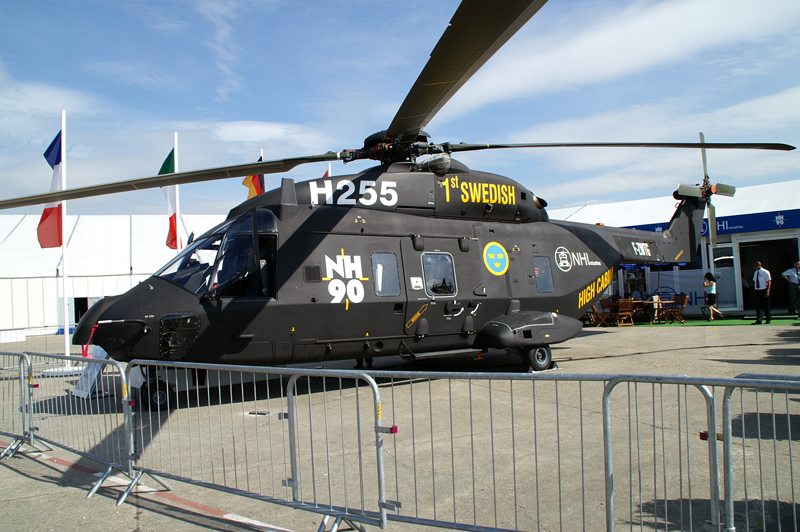
The NH90 is the largest military helicopter program ever undertaken in Europe. The four launch customers and initial members of the program – Germany, France, Italy and the Netherlands – were rapidly joined by other countries: Portugal, Finland, Norway, Sweden, Greece, the Sultanate of Oman, Australia, New Zealand, Spain and Belgium have also placed firm orders for the NH90. A total of 529 NH90s have been ordered by 14 customer nations. The German Armed Forces have ordered a total of 122 NH90s in the TTH variant, 80 for the airborne units of the Army and 42 for the Air Force. Twelve Army helicopters and two Air Force helicopters have already been delivered. To date, 47 NH90 have been delivered to 7 customer Nations worldwide, cumulating around 6.500 flight hours since delivery.
- Developing Nations: Italy, France, Germany, Portugal, Netherlands
Manufacturer/Designer: Agusta, Eurocopter, Eurocopter Germany and Fokker.
Task: Medium transport/utility helicopter
First Flights:
- PT1, F-ZWTH, December 18,1995.
PT2, F-ZWTI, March 17, 1997.
PT3, F-ZWTJ, November 27, 1998.
PT4, 90+98, May 31, 1999.
PT5, MMX-613, December 22, 1999.
98+91, NH90-TTH May 4, 2004.
Italian Army NH90-TTH September 15,2004.
Finnish NH90-TTT/SAR September 15, 2004
The NH90 is a twin-engine, medium-lift helicopter equipped with state-of-the-art technology. It was designed from the outset as a multirole weapons system. The two versions – Tactical Transport Helicopter (TTH) and NATO Frigate Helicopter (NFH) – are based on a common modular platform. Equipment packages for specific missions offer maximum deployment flexibility. Great attention has been paid to such features as safety, reliability, ease of maintenance, testability and compatibility with support systems. The rhombus-shaped airframe of the NH90 is made entirely of corrosion-resistant composite materials, and combines optimized streamlining with a low signature. The optimized human-machine interface significantly reduces the pilot’s and crew’s workload. The NH90 is the world’s first production helicopter to be equipped with ultramodern fly-by-wire flight controls, which enhance even further the helicopter’s outstanding handling qualities. The all-weather NH90 can be flown by day or night.
The NH90 has established itself as the standard NATO helicopter of the 21st century. It represents a major step in the efforts to achieve full interoperability between Europe’s armed forces and their allies during the deployment of NATO and UN troops. It will also help increase standardization and streamline costs, training, and logistics.
The NH90 program is managed by the NATO Helicopter Management Agency (NAHEMA), representing the governments of Germany, France, Italy, the Netherlands, Portugal and Belgium, and by the NHIndustries industrial consortium comprising Eurocopter (62.5%), AgustaWestland (32%) and Fokker (5.5%).
The Design & Development Contract was signed on September 1, 1992. This was followed by the first flight of the first prototype three years later on December 18,1995.
The program ran into a 2 year production delay due to the complicated type approval procedure, and the first NH90s were delivered by late 2006 to the German Army. These were followed by Italian and Finnish helicopters in 2007. Later during 2007, the Italian and French navies started to receive their NFH versions and the first Swedish and Norwegian NH90s were also delivered. On 18 December 2007 the first two MRH 90 aircraft were delivered to the Australian Defence Force.
General characteristics
- Crew: 2 pilots (and possible sensor operator on NFH)
- Capacity: 20 troops/12 stretchers/2 NATO Pallets
- Length: 16.13 m (52 ft 11 in)
- Rotor diameter: 16.30 m (53 ft 6 in)
- Height: 5.23 m (17 ft 2 in)
- Empty weight: 6,400 kg (14,100 lb)
- Useful load: 4,200 kg (9,260 lb)
- Max takeoff weight: 10,600 kg (23,370 lb)
- Powerplant: 2× Rolls-Royce Turbomeca RTM322-01/9 turboshaft, 1,662 kW (2,230 shp) each, or:
- Powerplant: 2× General Electric T700-T6E turboshafts, 1,577 kW (2,115 shp) each
Performance
- Maximum speed: 300 km/h (162 knots, 186 mph)
- Range: 800 km, 497 mi (TTH); 1,000 km, 621 mi (NFH) ()
- Service ceiling: 6,000 m (20,000 ft)
- Rate of climb: 480 m/min (1,574 ft/m)
Operators
- Australian Army: 40 MRH 90 (TTH),
Royal Australian Navy: 6 MRH 90 (TTH).
Belgium 4 NFH + 6 TTH
Finland 20 TTH (SAR)
French Air Force: 34 TTH.
German Army: 80 TTH
Luftwaffe (Air Force): 42 TTH/CSAR + (12 options)
Hellenic Army: 16 TTH, 4 TTH (Special Operations) + 14 TTH (in option)
Italian Air Force (Aeronautica Militare): 1 TTH/CSAR (in option)
Italian Army: 60 TTH
Italian Navy (Marina Militare): 46 NFH, 10 TTH
Netherlands : 12 NFH, 8 Marinised TTH
Royal New Zealand Air Force: 8 TTH plus one as a spare
Royal Norwegian Air Force, 6 NFH (ASW), 8 NFH (Coast Guard)
Royal Air Force of Oman: 20 TTH
Portuguese Army: 10 TTH
Spanish Air Force: 28 TTH/CSAR
Spanish Army: 48 TTH
Spanish Navy: 28 NFH/TTH/CSAR/AEW
Saudi Arabia 64 (announced July 2006)
Sweden 13 High Cabin Version, 5 High Cabin Version (ASW)



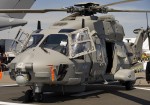












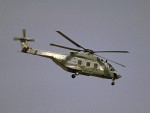



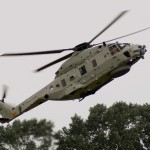


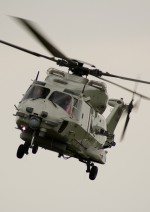

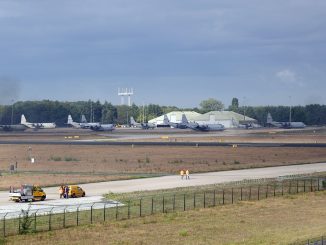
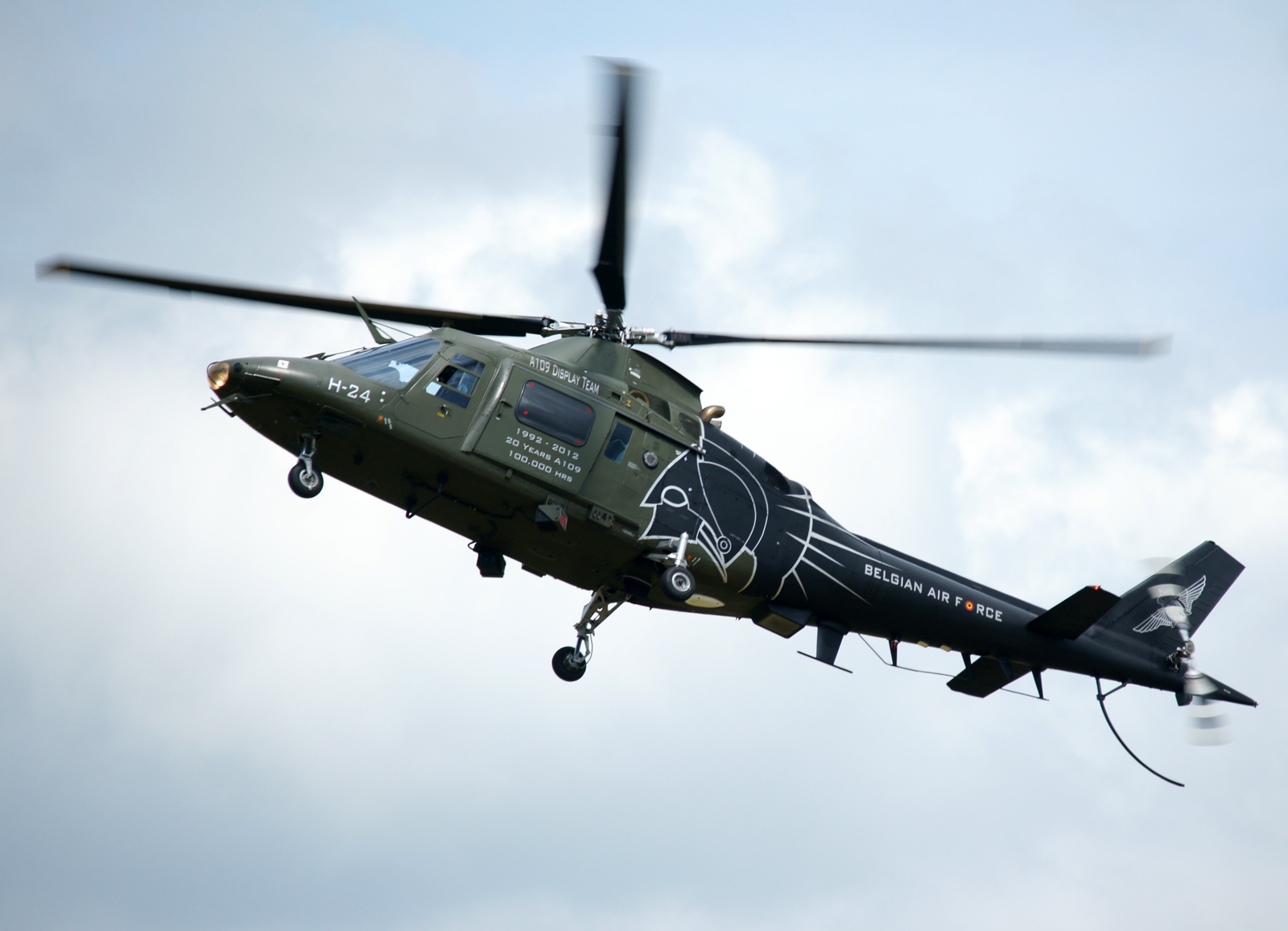
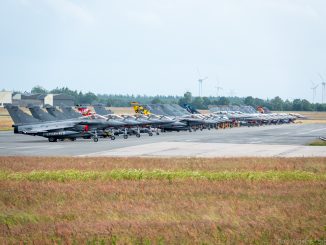
Be the first to comment